An excavation on the banks of the Tyne unearthed a stretch of waggonway which is more than 200 years old, making it the earliest surviving example of the standard-gauge railway.
The discovery was originally part of a network which linked the ports of the North East with collieries in Tyneside and Northumberland in the late 18th century.
That depression would have been filled with water where coal wagons' wooden wheels were rested to stop them drying out and cracking. In the middle of the loop is a stone elevation where the horse pulling the waggon would have stood. It is the first time such a 'Watering Pond' has been recorded, although previously known from maps.
. The site is also near the Swan Hunter yard and Segedunum Roman fort in Wallsend.
Unlike other waggonways in the area which used a variety of gauges ranging from 3’10″ to 5’0″, that excavated at Walker was built to 4' 8".
The waggonway was a timber track for horse-drawn carts (chaldrons) transporting coal from Willington and Bigges Main collieries in Wallsend to the banks of the River Tyne, where the coal would be tipped directly into collier brigs bound for London.
The Wooden Waggonways
The Pont Valley Network
Wooden waggonway built more than 200 years ago discovered near former colliery is 'oldest example of standard gauge railway ever found'
Daliy Mail - 26 July 2013
200-year-old railway discovered along banks of River Tyne
The Journal - 26 July 2013
18th c. wooden railway found in Newcastle shipyard
The History Blog - 26 July 2013
Historic waggonway uncovered next to the Tyne
Tyne-Tees News - 26 July 2013
Historic Railway Unearthed in Newcastle
Newcastle City Council - 26 July 2013
Race is on to preserve historic wood track found in Newcastle
The Journal - 27 July 2013
Photos by Steve Ellwood
SkyscraperCity - 27 July 2013
Ex-Toon chief Freddy Shepherd's plan to rescue 18th Century wooden track
Newcastle Chronicle - 4 August 2013

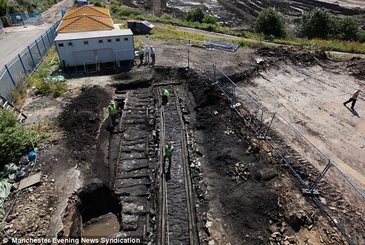
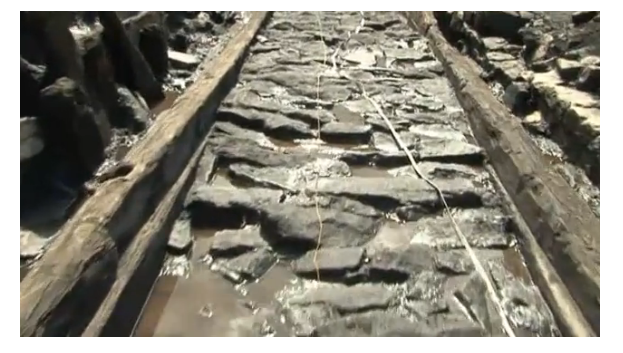
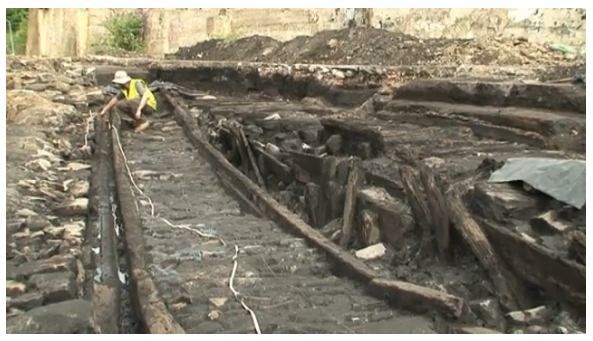
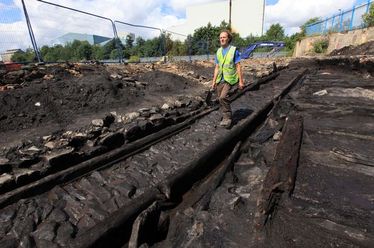
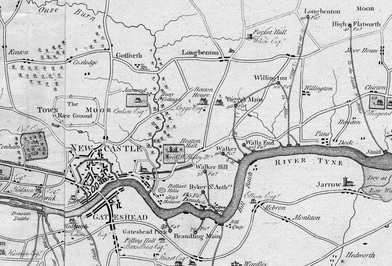
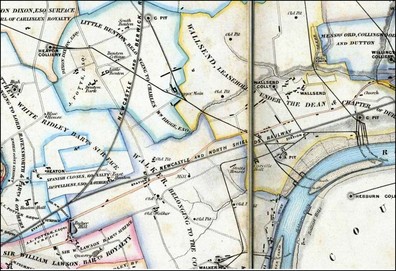
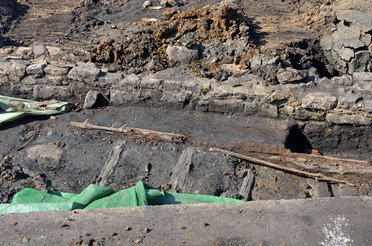
 RSS Feed
RSS Feed
